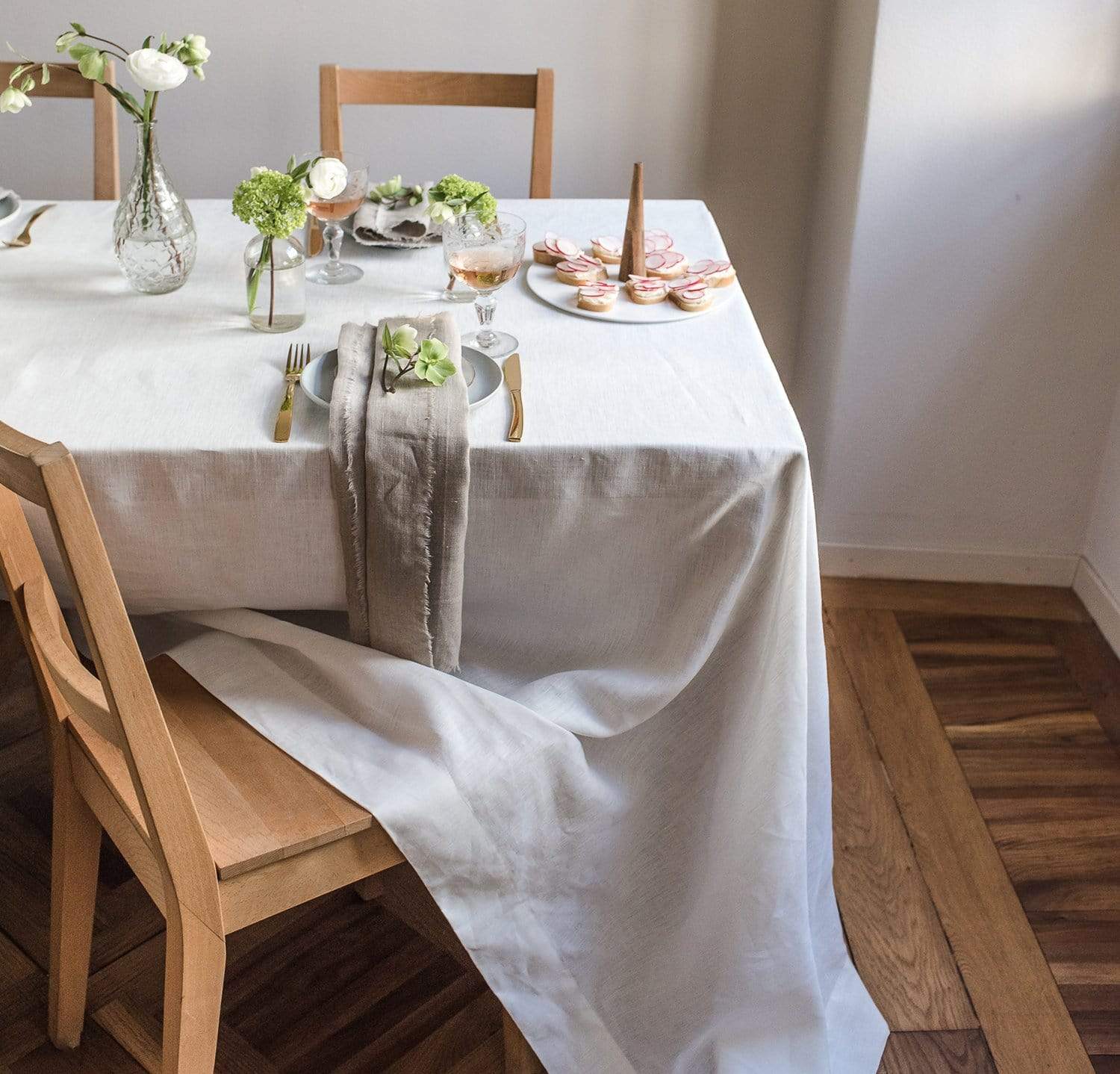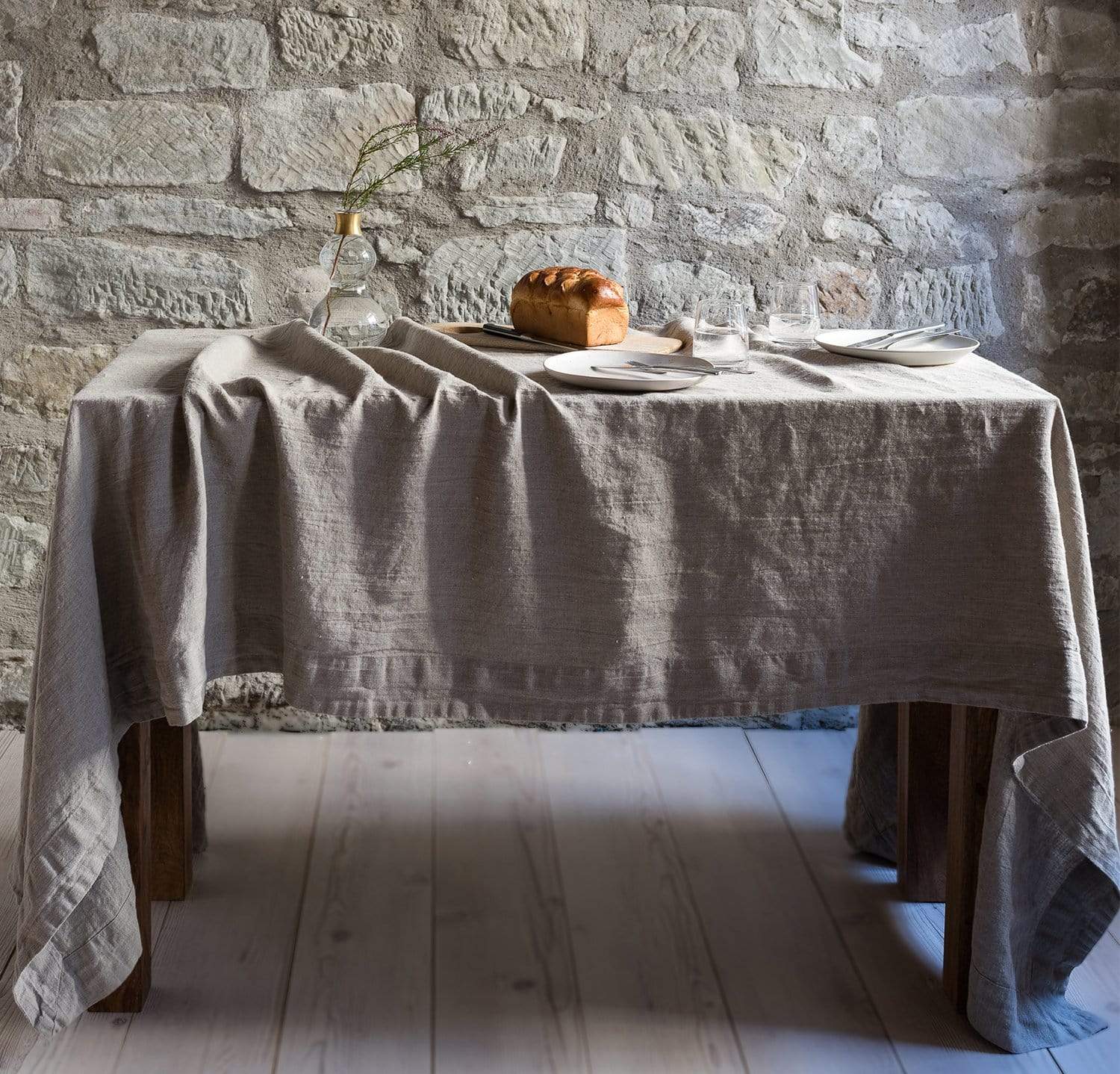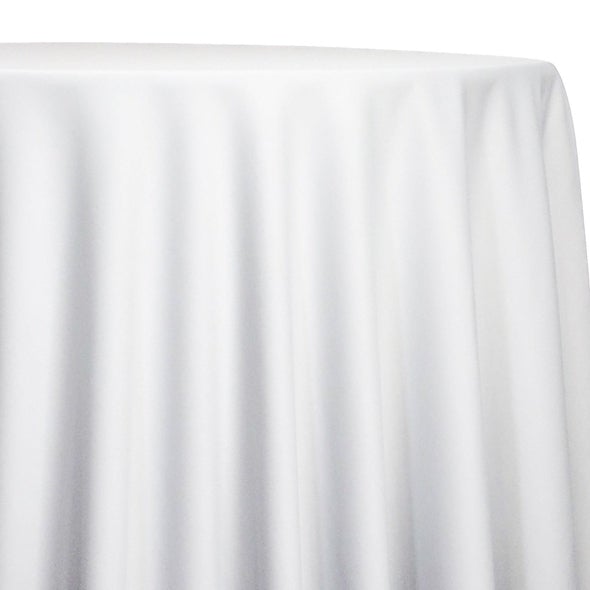Linen Fabric Developments: Discovering Modern Trends and Creative Applications in Style and Textile Market
From lasting manufacturing techniques to innovative weaving modern technologies, the development of bed linen is improving the landscape of the fabric industry. As we delve right into the realms of creative design applications and the emergence of linen blends and crossbreed textiles, a brand-new phase unravels in which linen's role in future textile developments takes center phase.
Sustainable Practices in Bed Linen Manufacturing
Lasting methods in linen production have come to be significantly important in the textile market's efforts to lessen environmental influence and promote ethical sourcing methods. Bed linen, an all-natural fiber acquired from the flax plant, uses an array of advantages such as breathability, biodegradability, and sturdiness. However, typical approaches of bed linen production can include substantial water usage, chemical use, and energy-intensive procedures.
To attend to these difficulties, many textile manufacturers are taking on lasting methods throughout the bed linen manufacturing process. This consists of sourcing flax from organic ranches that stay clear of unsafe chemicals and chemicals, executing water-efficient retting techniques to essence fibers from the flax stalks, and utilizing environmentally friendly dyes and finishes. In addition, some business are purchasing renewable resource sources to power their manufacturing facilities and minimizing waste with recycling and upcycling campaigns.
Technological Improvements in Bed Linen Weaving
With the expanding emphasis on sustainable methods in linen production, the textile market is currently seeing a rise in technical developments particularly focused on transforming the art of linen weaving. These innovations are improving the way linen materials are produced, using increased performance, top quality, and creativity in weaving strategies.
Among the key technological developments in linen weaving is the combination of digital looms. These innovative looms are equipped with software that allows for intricate and complicated designs to be woven with accuracy. By digitizing the weaving process, suppliers can accomplish greater uniformity and accuracy in their linen materials.
Furthermore, advancements in yarn spinning innovation have actually made it possible for the production of finer and more long lasting bed linen threads - table cloths. This causes softer and smoother bed linen textiles that retain their quality even after several usages and laundries
In addition, the development of environmentally friendly dyeing procedures and surfaces for bed linen fabrics is acquiring traction. These sustainable methods not just reduce the ecological influence yet also accommodate the raising customer need for morally produced textiles.
Creative Layout Applications for Linen
Ingenious imaginative strategies are significantly forming the creative style applications for linen in the fabric market. Linen's all-natural visual appeal and capacity to mix with other textiles make it a favored selection for producing distinct garments and devices that cater to the eco aware consumer.
Additionally, developers are try out bed linen in home decoration, utilizing its breathable and durable nature to craft fashionable furnishings such as curtains, bedding, and upholstery. The appearance and drape of linen bring a feeling of sophistication and comfort to interior spaces, including a touch of elegance to modern homes.

Bed Linen Blends and Hybrid Fabrics

Crossbreed textiles, on the other hand, take the concept of mixing a step additionally by integrating extra components such as metal threads, recycled materials, or conductive fibers. These cutting-edge fabrics not just broaden the layout opportunities yet likewise introduce functional elements like conductivity, antimicrobial properties, or improved toughness. Hybrid materials are significantly being made use of in different markets, consisting of fashion, interior decoration, and technical textiles, where the need for multifunctional materials gets on the increase.
Linen's Duty in Future Textile Innovations

In the world of future textile advancements, bed linen is expected to be a principal in the growth of sophisticated useful textiles. Designers and researchers are discovering means to enhance bed linen's fundamental qualities through technical improvements, such as integrating clever textiles, nanotechnology, and performance coatings. These innovations aim to elevate linen's efficiency attributes, making it suitable for a wider variety of applications, from activewear to protective garments.
Additionally, the combination of bed linen with various other natural or synthetic fibers opens unlimited opportunities for developing novel textiles with unique homes and capabilities. By leveraging linen's features and exploring innovative blends, the textile industry is positioned to introduce amazing advancements that deal with progressing customer demands and sustainability needs.
Conclusion
In final thought, the exploration of sustainable practices, technical innovations, imaginative layout applications, linen blends, and its role in future fabric developments highlight the continuous advancement of linen textile in the contemporary layout and fabric market. With a focus on advancement and imagination, the convenience and environmentally friendly nature of bed linen make it a valuable product for developers and suppliers alike, leading the way for additional advancements and innovations in the area of textiles.
As we dive into the realms of innovative design applications and the development of bed linen blends and crossbreed fabrics, a brand-new phase unfolds in which linen's role in future fabric advancements takes center phase.
Exploring the blend of linen with other textiles has led to the appearance of ingenious blends and crossbreed fabrics in the contemporary fabric sector. Linen blends use a distinct mix of the qualities of additional resources bed linen with those of various other fibers, resulting in materials that find more information have boosted properties such as increased sturdiness, boosted draping, and reduced wrinkling.The advancement of linen blends and hybrid materials has actually set the stage for Linen to play an essential function in driving future textile developments.In the world of future textile advancements, bed linen is anticipated to be an essential player in the advancement of innovative useful materials.